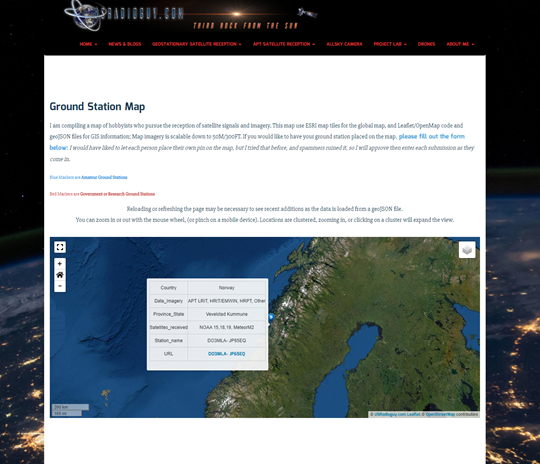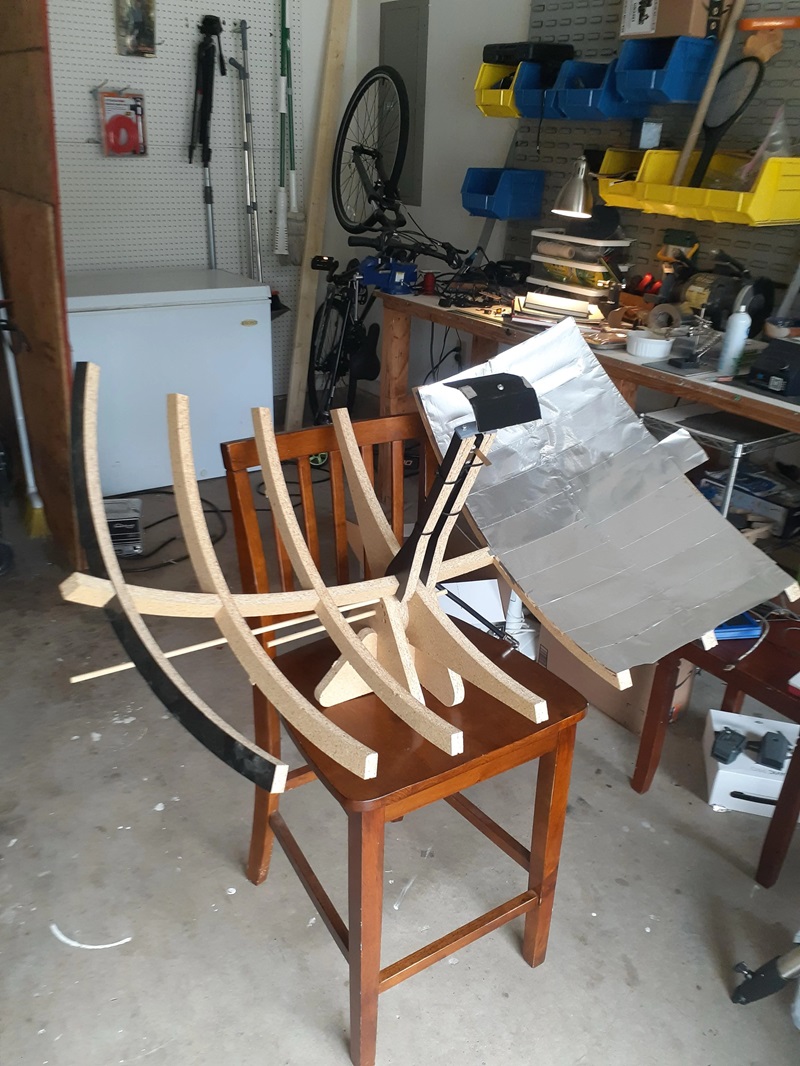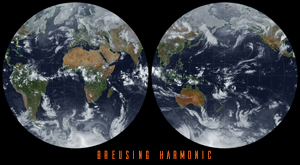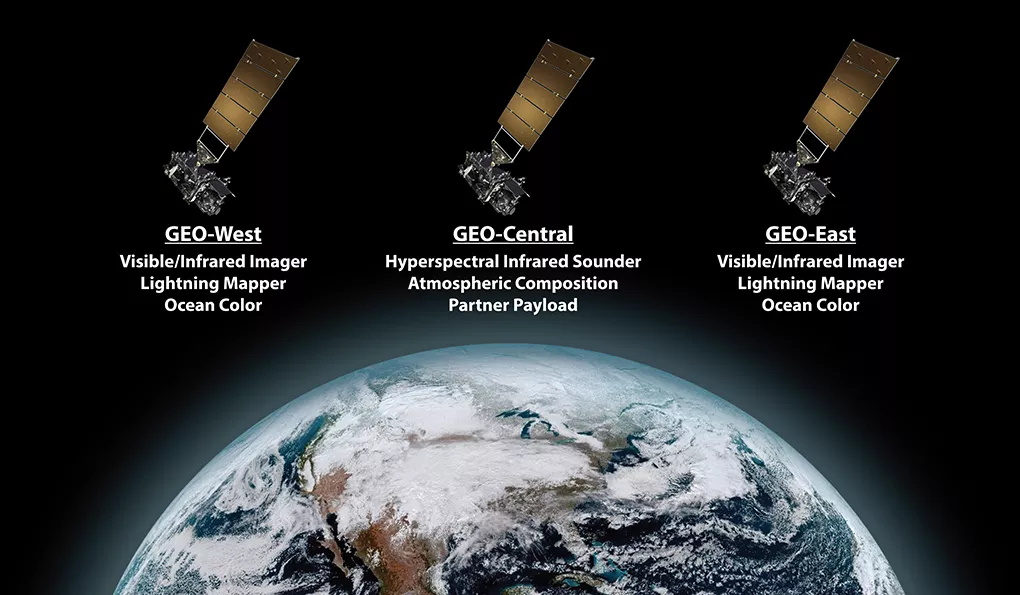![]()
Going Green, and to Extremes!

Sometimes, you just have to share, and this really deserves to be seen!
This is Manuel Lausmann’s (DO3MLA) very impressive remote, solar AND wind-powered satellite ground receiving station.
Located in North Norway Sør-Helgeland ( JP65EQ) in the Manuel has built a self-powered APT/LRPT and weather station powered by a 24 V 600W Verticle Wind Turbine 3 phase generator with MPPT Controller and an additional 300W Solar 24volt system charging dual deep cycle batteries.
All this powers his computers which consist of multiple Raspberry PI’s. TLE’s are updated and imagery is sent via a mobile LTE router.
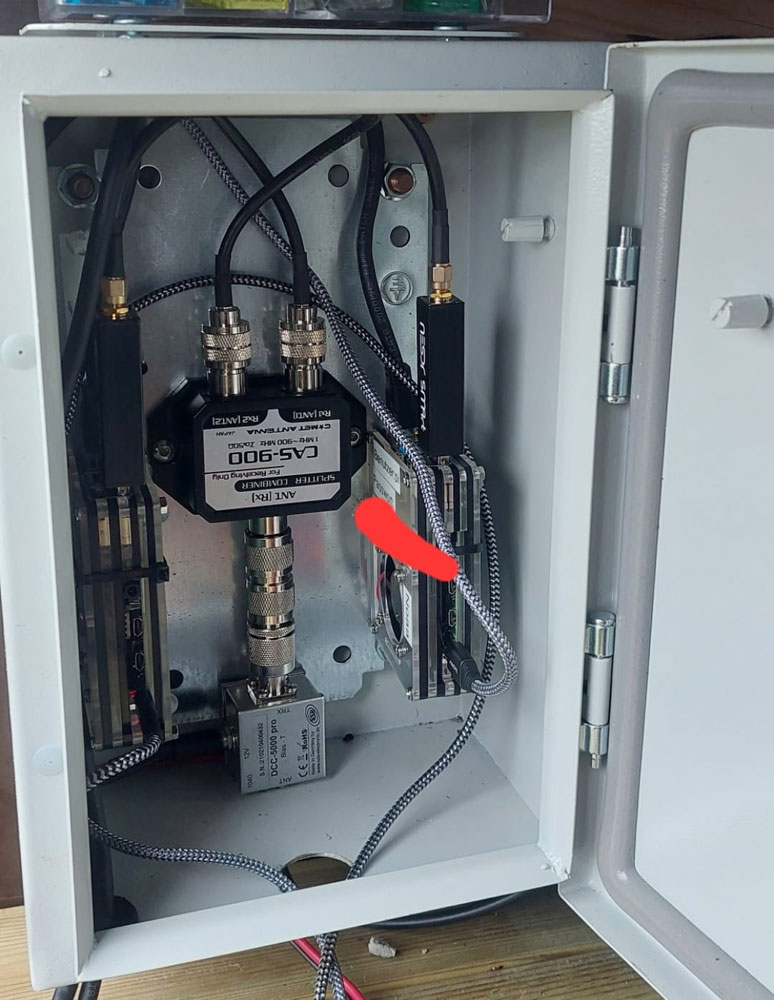

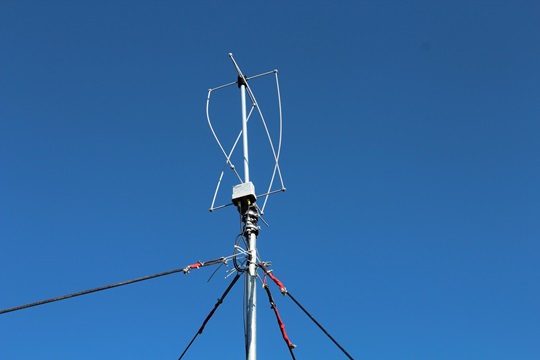
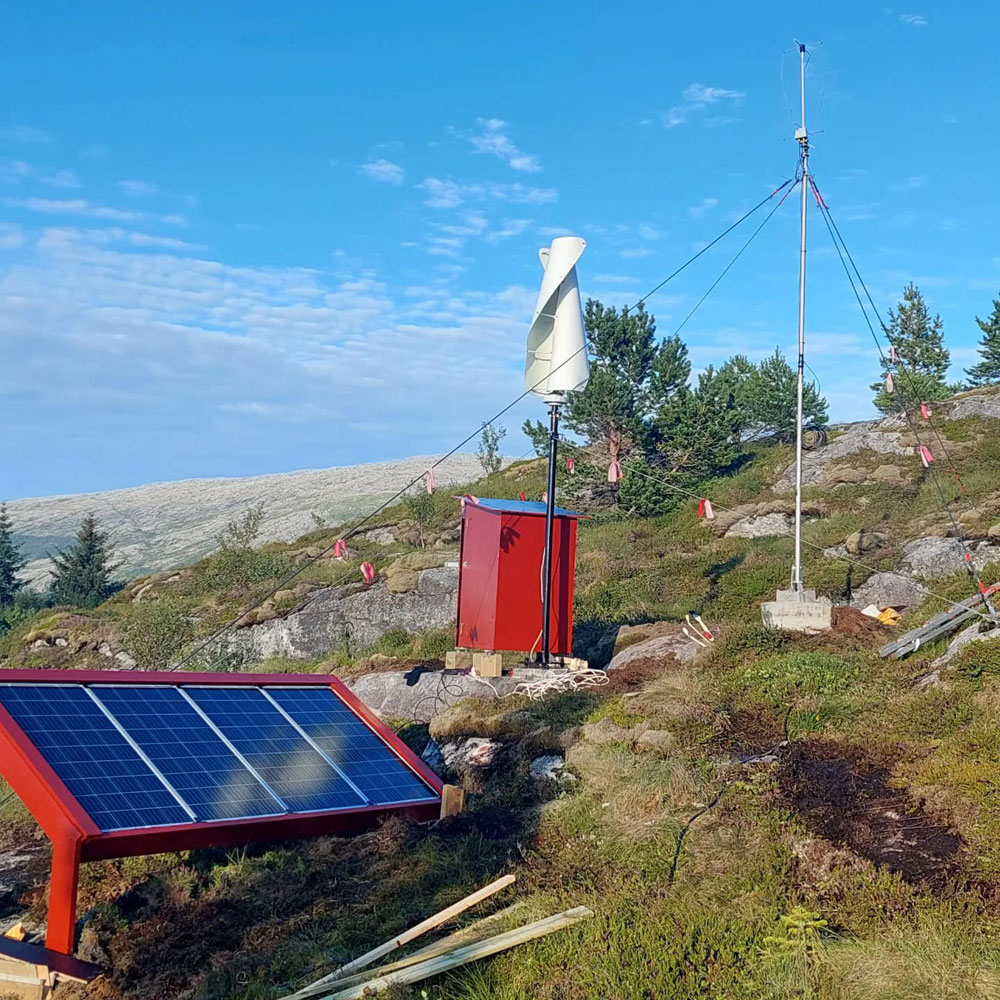
Located about 100km south of the Artic circle, The island Hamnøya is part of the Vevelstad Kummune. Manuel is able to capture beautiful APT and LRPT imagery from NOAA APT Satellites and Meteor M2 with rarely seen imagery of the north pole

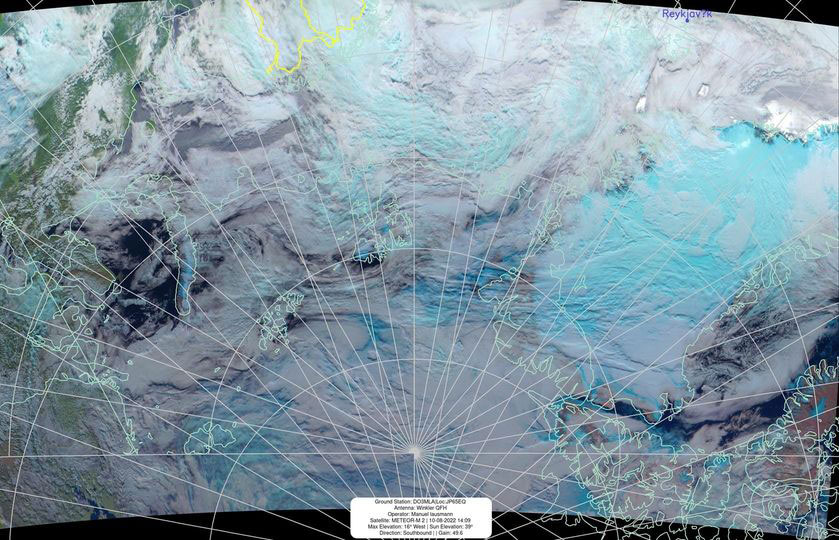
As an interesting side note, while researching this article, the area of Vevelstad is absolutely beautiful, but they need people! Yes, the Municipality of Vevelstad is offering free residential land for those who want to build and live in Vevelstad! And as a bonus free nursery care and all newborns receive a gift card of 3,000 Norwegian Kroner. (about $390 US)
